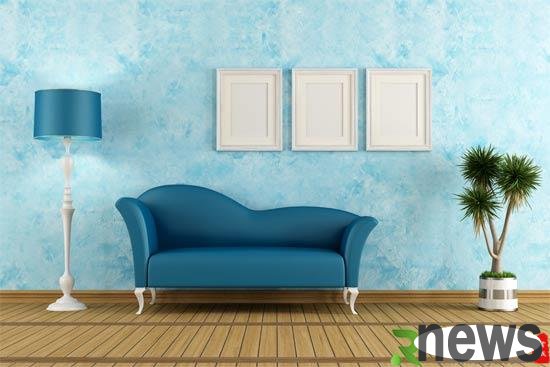In our home life, we often encounter moisture and mold on the walls, which has a certain impact on our lives. So what should we do if the walls in our home are damp and moldy? Here I will introduce to you what to do if the walls in your home are damp and moldy. I hope it will be helpful to everyone to deal with the walls well.

What to do if the walls of the house are damp?
What to do if the walls of the house are damp?
1. Waterproof gypsum board needs to be replaced when it is damp?
The bathroom leak is one of the most common water leakage. Generally speaking, bathrooms need to have suspended ceilings, and the water-sucking walls will be hidden, so there is no need for special treatment. The commonly used material for suspended ceilings is aluminum buckle plates. After solving the problem of water leakage, just wipe the aluminum buckle plates clean.
2. Pay attention to temperature and humidity on latex paint walls
Owners who have requirements for construction periods need to pay attention to the temperature and humidity during construction. If the repair area is within 10 square meters, it takes five or six days for the natural air drying of the wall in spring and autumn, and about 10 days for the humid summer. Generally speaking, the optimal construction temperature is 20℃. If the indoor temperature does not reach 5℃, the latex paint film will not easily form film, and it will take about 10 days. If the repair area is more than 10 square meters, the construction period may need to be extended.
3. It is best to replace the damaged wallpaper as a whole. After the wall with wallpaper is damp, the wallpaper may be curled, deformed and discolored. Unlike latex painted walls, repairing wallpaper walls does not require temperature and humidity, but repairing damaged wallpaper walls will inevitably cause color difference. It is recommended to replace the wall wallpaper as a whole.
What to do if the walls of the room in your home are moldy
Many people think that mold has appeared on the walls, and using a rag to wipe off the mold or repaint the walls can be solved. In fact, this is a very wrong idea. Doing so can only temporarily eliminate or cover it, and it cannot be completely eliminated. Invisible to the naked eye does not mean eradication. After a period of time, mold will appear again and become more and more serious. Because wall mold is a bacteria with extremely strong vitality, if it does not completely eliminate its growth environment or kill its bacteria, it will reproduce and spread rapidly when it encounters the corresponding environment. Therefore, if you want to completely remove wall mold, you can only take the following two methods:
1. Use high-quality building materials to re-construct the wall, and do a good job of external insulation (note that it is external insulation, and external insulation is completely different from external insulation). Block the wall's conduction of heat, and only external insulation cannot fundamentally solve the problem.
2. Use &ldquo "bactericide" to remove. Bactericides are classified according to the type of microorganisms. In the process of making cheese, they are used to ferment and mature specific microbial cultures, including Lactococcus, Lactobacillus, Streptococcus thermophilus, Thora decidum, Pycocci, Enterococcus, etc. It can effectively remove mold from walls.
